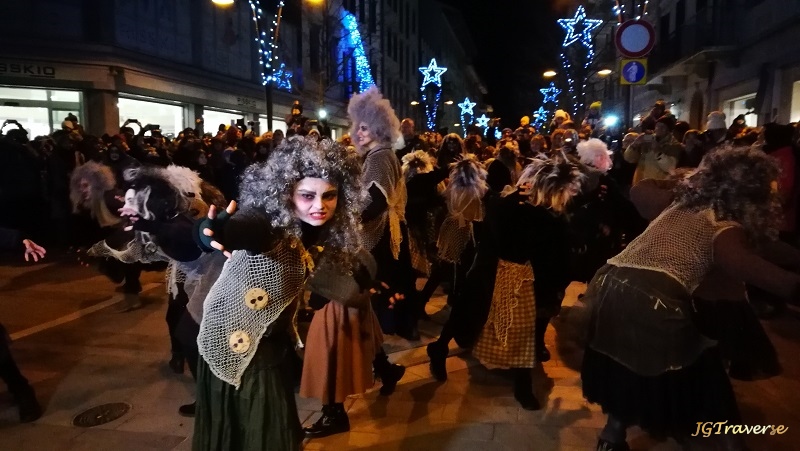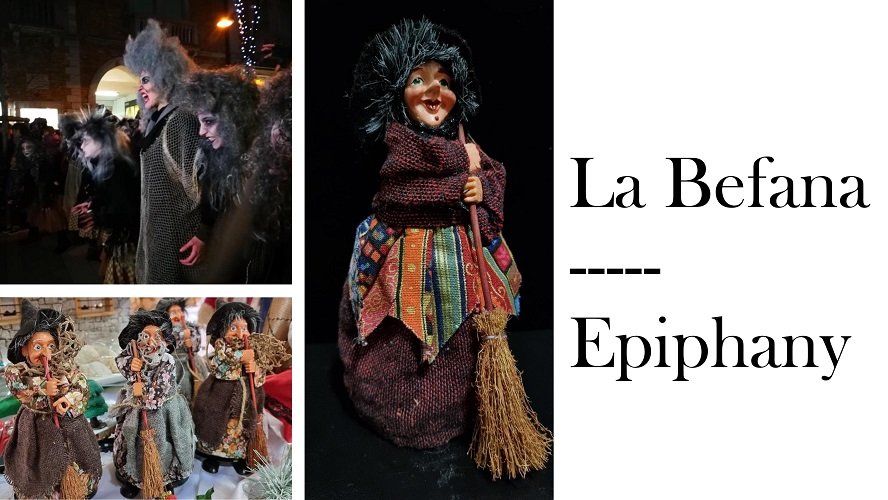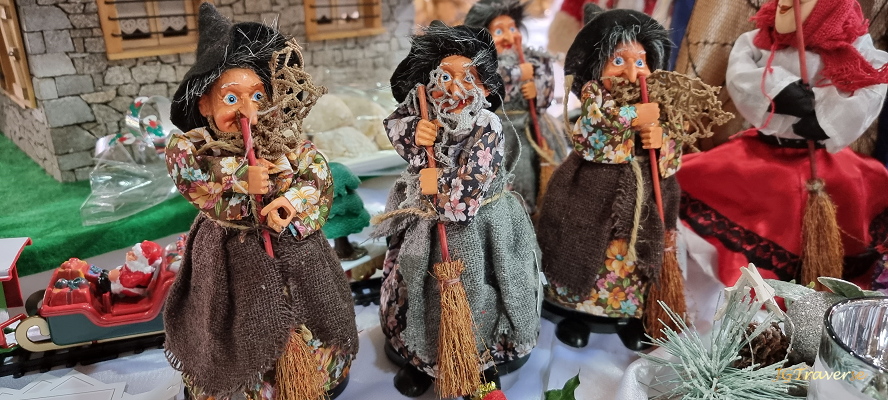
In Italian folklore, La Befana is a witch who brings presents to good children in Italy on Epiphany Eve of January 6. It is similar to the known Santa Clause.
If Santa has reindeer, while Befana has a broom. She is an ugly older woman, and she is called a witch because of her appearance. She fills the children’s stockings full of sweets for good or charcoal for the naughty, depending on the children’s behavior.
Befana is portrayed as an older woman dressed in rags. She flies with her tattered broomstick to swoop down chimneys and deliver candies or coal. Since the eighth century, this Italian tradition has been celebrated as part of the Epiphany.

Why must she burn?
She must burn because it is a renewal ritual in which the old is left behind to run toward the new. In a simple way to understand, she must burn to take away the negative happen of last year.
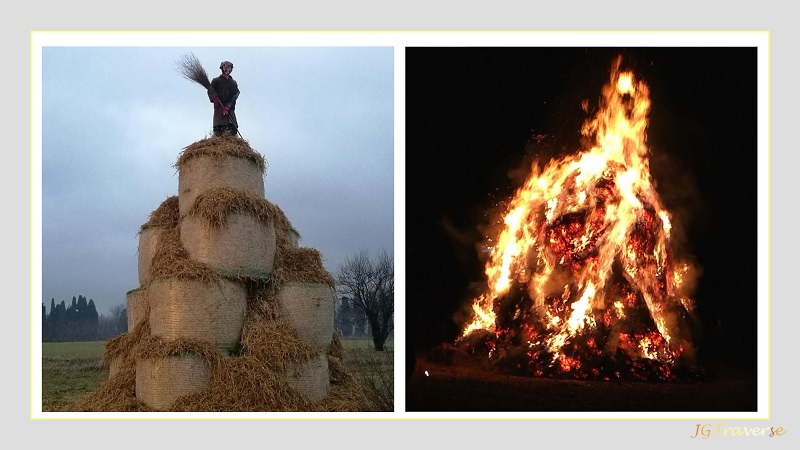
The Befana feast is a mixture of pre-Christian traditions and a religious feast.
Epiphany was celebrated in the East two thousand years ago to celebrate the solstice, the feast of the victorious Sun. While in Rome, in the twelve nights between December 25 and January 6, Diana, goddess of fertility, flew over the fields to make them fruitful.
Another tradition says the feast of Befana is an opportunity to share goodness with the poorest families, to whom food and small gifts were given in exchange for greetings.
A modern attempt to Christianize the feast of the Befana by associating it with the Magi( three kings) tells of a meeting between the three wise men or three kings and the old woman.
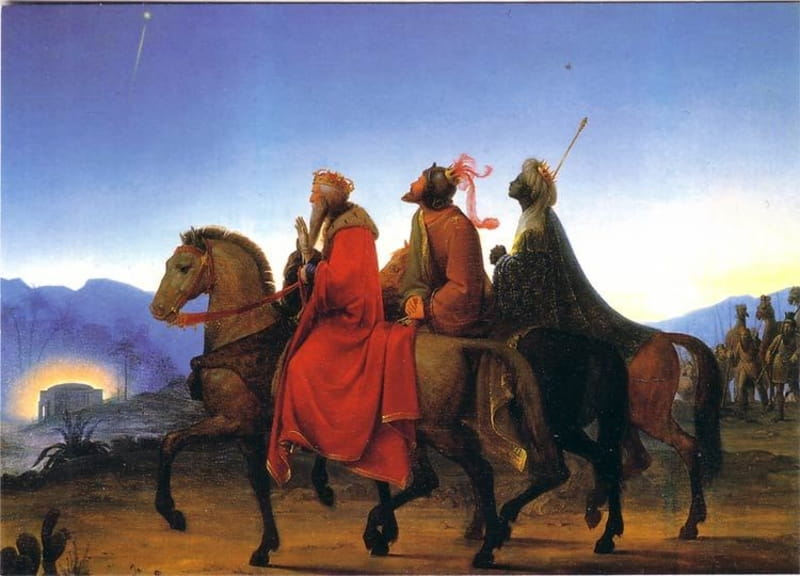
In Italy, the Epiphany marks the official end of the Christmas season. Every year, the occasion is celebrated with living nativity scenes. A grand procession through the city center and the most exciting for the sweet tooths among us– the arrival of La Befana.
